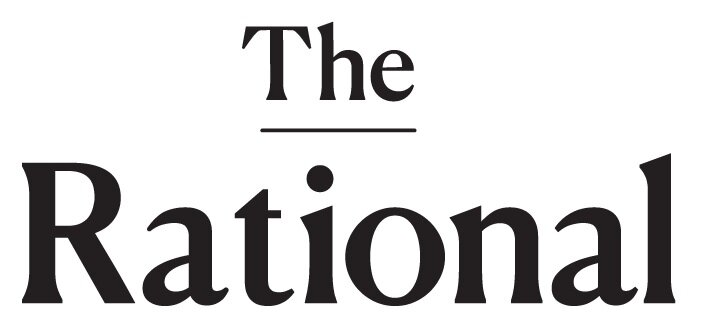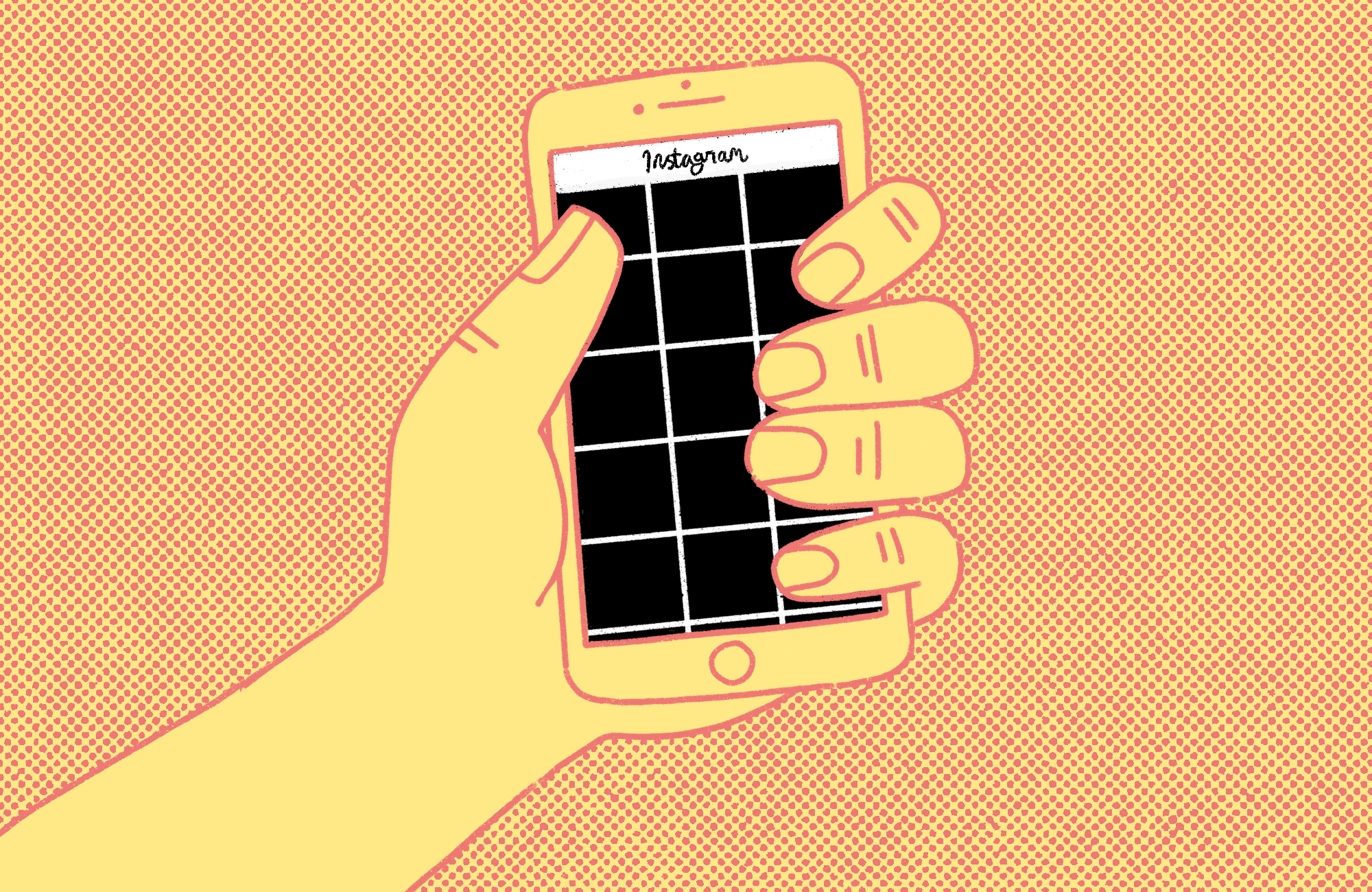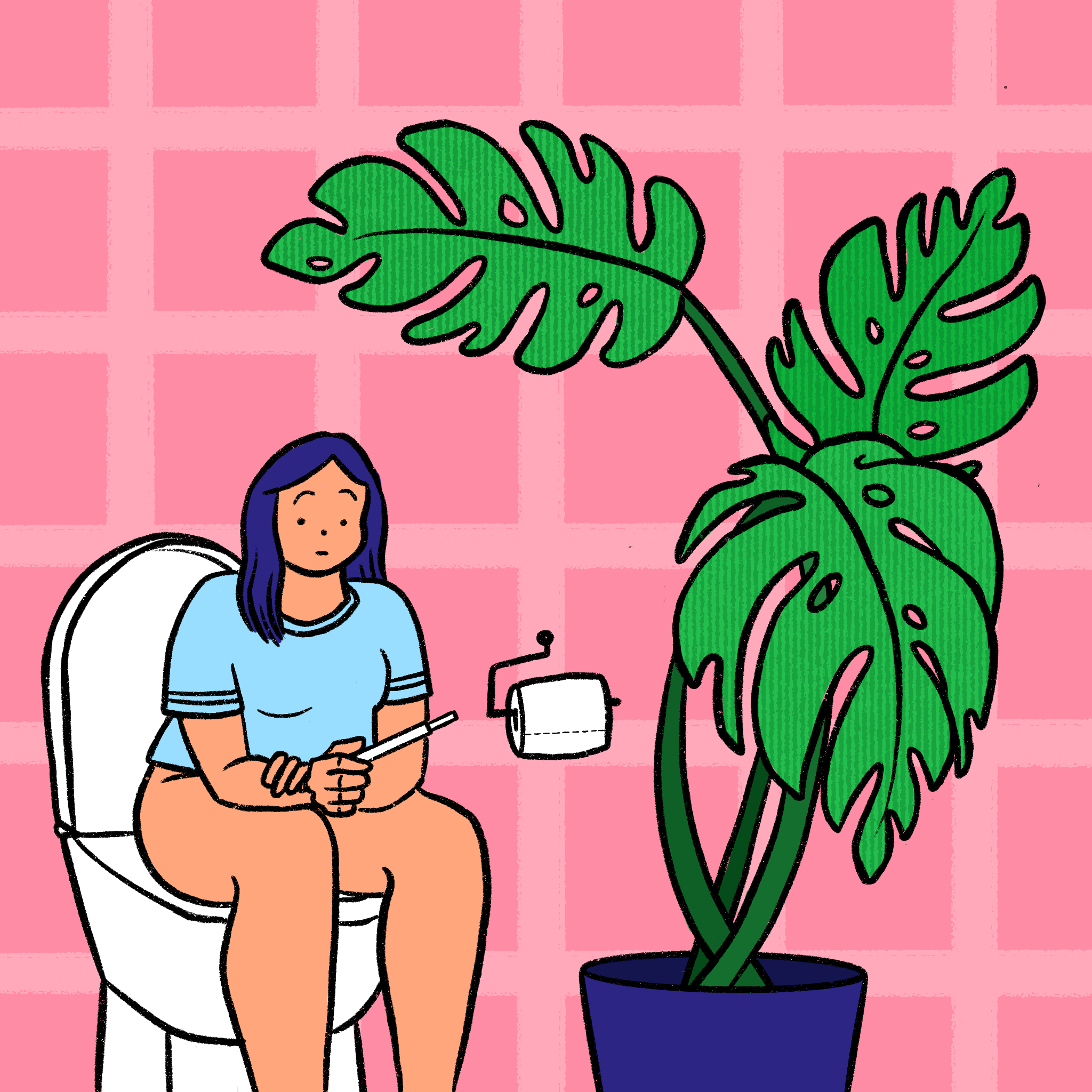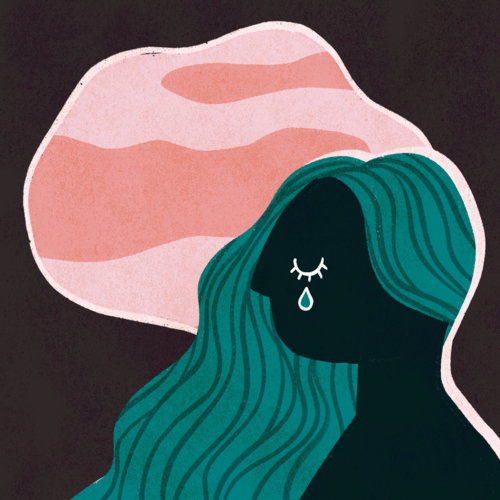Journalist Masuma Ahuja Reminds Us to Take up Space and Tell Our Stories
The CNN and Washington Post reporter creates space in the publishing world for girls from around the world to tell their stories in their own words.
Illustration of Masuma by Ally Hart
A Pulitzer Prize, Murrow Award, Webby, and an EPPY all rest cozily now on her resume, but Masuma Ahuja couldn’t have imagined such prestigious descriptors tied to her name a couple of years ago as a fresh-out-of-college grad with no journalism degree nor connections.
Today, Masuma spends her time chasing down stories and carving out spaces for as many of the 900 million adolescent girls in this world as she possibly can—all in the effort to give power and agency back to girls by letting them tell their stories and what it’s like living in their parts of the world in their own words.
Her upcoming book, Girlhood: Teens Around the World in Their Own Voice, is an extension of a series she wrote for The Washington Post’s The Lily, and documents the everyday lives of 30 girls from 27 different countries through diary entries, texts, and more. The book encapsulates the experiences, ambitions, and struggles of real girls from around the world, taking us back to the wonderland-esque exploratory days of our youth despite (or sometimes, in spite of) external pressures.
From recounting how she spoke her reporting career into existence without a journalism degree to the process of putting together a global endeavor like Girlhood, Masuma, self-proclaimed “weird internet journalist,” has a lot to say about the duty of a true reporter and how taking up space as a girl can lead to a more diverse and inclusive future.
Purchase your copy of Girlhood here.
On why the decision to pursue journalism:
I had no degree in journalism, and I didn’t study journalism at any point, but that was what I was constantly drawn to. I grew up between continents, so I grew up in India and then moved to the US while I was in my girlhood years, and then went to college in the UK. It was very much a life split between continents, and I constantly felt like I was a translator between cultures. I really wanted to help people understand people in other places and what life looked like in other places, and the place I saw that happening the most was in the newspapers. We used to subscribe to newspapers and magazines like that was where you got to see the rest of the world and got to see other places. That was why I wanted to be a journalist. I thought, “Hey, if I could do this job and get paid to help people understand other parts of the world, then I’m doing what I want to do and maybe, I’ll get to create something that I would have wanted when I was younger!”
On finding the *write* place for her work:
In college, I tried writing for the college paper, and I realized it wasn’t really the right fit for me. It just didn’t feel like the right place for the kind of work I wanted to be doing, so a friend and I started a magazine together just because we wanted to! We both went to university in the UK and were at a very international college where there were people from all over. That was to us what was interesting, so we wanted to create spaces for more of these stories. It was very high-minded at the time—international affairs and culture—so really just stories about other parts of the world. That ended up being a big chunk of my applications when I started applying for jobs, like, ”Hey, look at this thing that I edited!”
On breaking into the industry without the degree nor connections:
I was applying for every job I saw posted because I didn’t also have any contacts in the journalism world. The advice I was being given wasn’t really feasible for me. I remember talking to someone who said, “Oh, you should just move! Do you have language skills? Yes, you should just move to another country,” and I was like, “How do I pay my student loans, health insurance, and...rent?” They didn’t have an answer for me and I thought, “Okay that doesn’t really work for me. I need to find a job where I get paid so I can pay rent and get insurance and all of that.”
I got very lucky where I applied for a job at The Washington Post a couple of months after graduating. I didn’t really know what the job really entailed, but I just ended up interviewing with the most wonderful person, Mary Jordan, who ended up hiring me to The Post. She saw talent in me, I guess. I remember she said, “Hey, I don’t think I’m going to hire you because you’re super unqualified, but I’d love to get lunch!” You don’t say, “No” to an editor at The Washington Post, you just say, “Yes,” so we got lunch in New York! I was deeply intimidated, and she’s just one of those people whom I aspire to be as generous as she is, She saw that I really wanted to work at The Post or get a job in journalism, decided to bring me in and have me interview with a bunch of people, and see if there was a way to create a job for me, and that’s what she did!
It’s just a lot of good luck and a very generous person. There need to be more people like her who take chances on young people, and I was very lucky to stumble into the space of this one person’s inbox.
On the continuation, preservation, and integrity of journalism:
Journalists are essential. They create the narratives that help us understand our world and help us understand what’s happening. That’s all we’re trying to do, is understand and know and represent the world we live in. If we don’t have that, we have nothing. There’s no path forward for a democratic government, no path forward for science, for any culture—there’s no path forward without knowing the world we live in. It’s all-encompassing so it’s really important, not just in the US but everywhere in the world, to have governments that allow journalists to do their jobs and to create spaces that are safe for people to go out and find out what’s happening in the world and to tell those stories. That is the very basic thing we’re all trying to do—asking people questions and telling their stories. That’s it. Nothing more complicated than that.
On gender and racial inequality in journalism and the media:
As more women end up in leadership positions, as more people of color end up in leadership positions, as more international people, immigrants, etc., as we diversify who gets to make decisions about which stories are told, the types of stories that get greenlit are different. The types of people we see as worth taking a chance on versus just choosing this person because they’re “good” on paper also shift because people have different qualifications. People have different things they can show!
When I look to hire, it doesn’t matter if you haven’t published a fancy thing in your college paper. Show me the side projects you did with your friends and the Instagram you made, and the types of stories you told there because that to me is a lot of promise and potential. It doesn’t just have to be bylines or a newspaper clipping—obviously, newspaper clipping when you write for a paper can pay more than your own Instagram page—but it’s a way to at least get the work out there and to show people that you can do the thing. As more decision-makers also end up being people who have these types of experiences, hopefully, we get more people like that into the newsrooms as well.
On Girlhood, what this book is, and what this book is not:
This book is the stories of 30 girls from around the world from 27 different countries. It’s their lives in their own words, so we have diary entries or sometimes texts that have been sent to me at the end of every day which capture what their days look like, what their lives look like, and even the conversations they’re having with their friends. Then there’s a little bit of reporting and research from me which provide some of the scaffolding to give readers a sense of the communities’ circumstances and the countries that these girls exist within. The girls really lead where the rest of the book goes. I pick up on themes that they write about, and then, if you’re not familiar with their lives or the things they’re interested in or the circumstances they’re living through, I try to help you understand and come to a baseline of understanding so you can read and understand where they’re coming from.
What this book isn’t is comprehensive because there are 900 million adolescent girls in the world and I could not tell every girls’ story, but I hope that this is just the beginning of more girls’ stories being shared, being taken seriously, and being given space in publishing and beyond.
On the process of being the researcher, outreach, writer, and anthologist of Girlhood:
It’s just a process of reporting. You gotta find people who are interested in participating, reach out to them, and tell them what you’re doing. I wanted to make sure I was including girls who were eager. People always ask me, “How did you select these girls?” and it was always about featuring girls who just wanted to share their stories.
Beyond that, it was asking how much time do they had to give us and how comfortable they were sharing their lives with readers. I also wanted to make sure that anything we published was something that the girls would be comfortable within the long run, not just today, so if this is going to be out in the world for the next 20 years, she should be okay with it.
But the process was just the process of reporting, which maybe is a cop-out answer, but that’s what being a reporter is, right? Going out there and talking to people in whatever way that entails. Most of my communication with the girls happened on either text or email and sometimes, it was mediated through someone else, like with Sattigul in Mongolia! I’ve never spoken with her directly but I would email an NGO I was working with who would then forward my message to her. It was a combination of things when communicating, but I had standardized instructions which I gave to all the girls explaining the project and what we were looking for. Those, I worked with translators to get translated into every language that the girls spoke to communicate in her own language. We also used literally every platform you could imagine to connect, so yeah it was just a lot of having conversations with girls and all the different ways you could have conversations with people.
What did you take away as a reporter hearing and telling these stories?
I put the book together in 2019 so I was 29 at the time, which was a few years out from my own girlhood. I was talking to teenage girls (13-19-year-olds), and I was just far enough out where I guess I had forgotten some of the feelings of being inside a teenage girl’s mind and those experiences. They’re so thoughtful, so wise, so generous with all of their emotions and stories, and there was so much sameness everywhere! Every girls’ stories were so relatable and I found myself nodding along to so many of their words as I was reading. I was making connections where it sometimes felt like two girls who had never met had entries that were actually in conversation with each other! If only I could put them in the same room, except that they lived on opposite sides of the world and speak different languages, and I don’t know how I would do that! Or I would think, “She just reminds me so much of someone. I can’t figure out who that someone is!” and then it would take me weeks to figure out that, “Oh, she reminds me of me when I was 14!” or “Oh, she reminds me of my best friend when I was 16!”
To all the girls who dream really big despite social, economic, political and/or personal pressure:
I thought a lot about this while putting this book together in all my work with girls: They’re at the very beginning. I hope that anyone who picks up this book gets a sense of the joy I feel even paging through it now and even putting it together. It feels very joyful reading their stories, and part of it is because there’s so much promise and potential, and so much ahead of us.
I don’t know how we fix the fact that everyone doesn’t get equal opportunities. It’s a fact of life and it’s unfair, but also know: you are far from the only person who wants to do the many things you want to do. There are a lot of people rooting for you, and you might not be able to see them but there are people out there and places out there that are mobilizing to support you, so you just gotta put yourself in the way of opportunity whenever you can.
On her greatest hope for girls and those in girlhood in this year and beyond:
For all of us, I just hope we get to hear more girls’ voices. Girls are so wise. I hope that there are more spaces created for girls and girls’ stories; that we start taking girls and their power more seriously. Girls, their interests, their voices, and their stories are not a frivolous thing—they are important and powerful things, and we have got to give them the weight that they deserve.
For girls themselves, I hope that they get more of these opportunities to stand tall and to take up space unapologetically, and to feel seen and heard and understood and invested in and cared for by our societies.






















